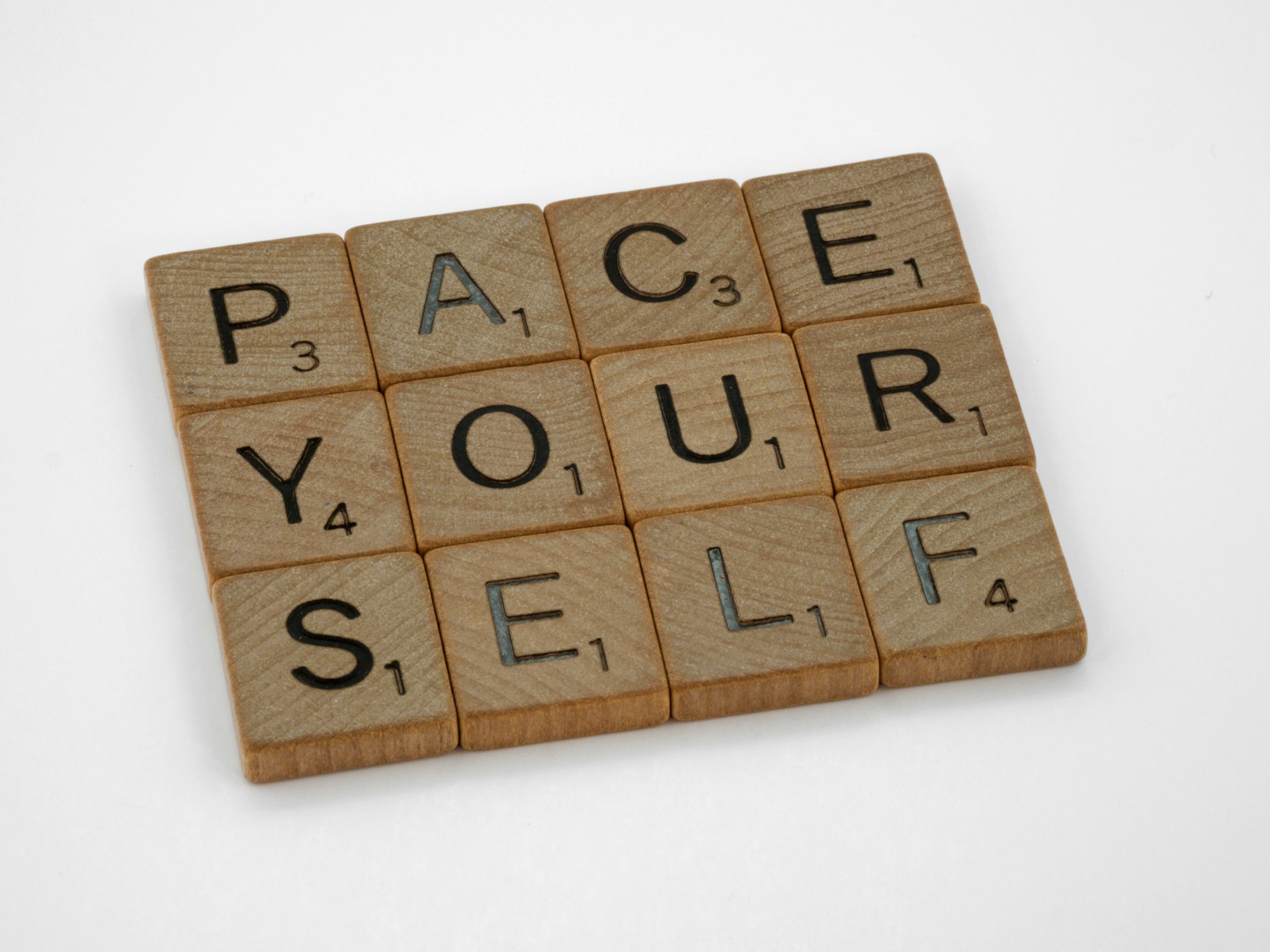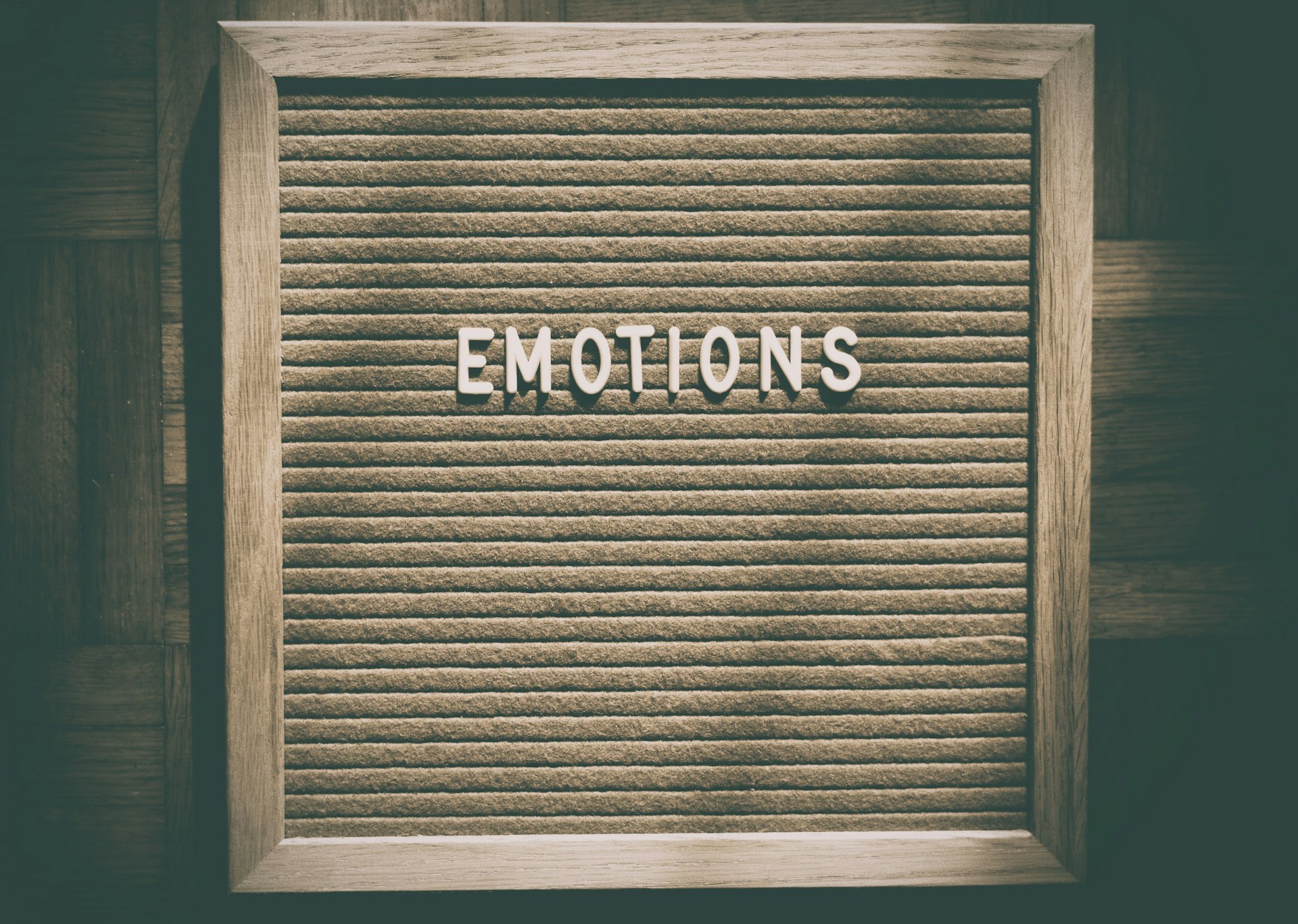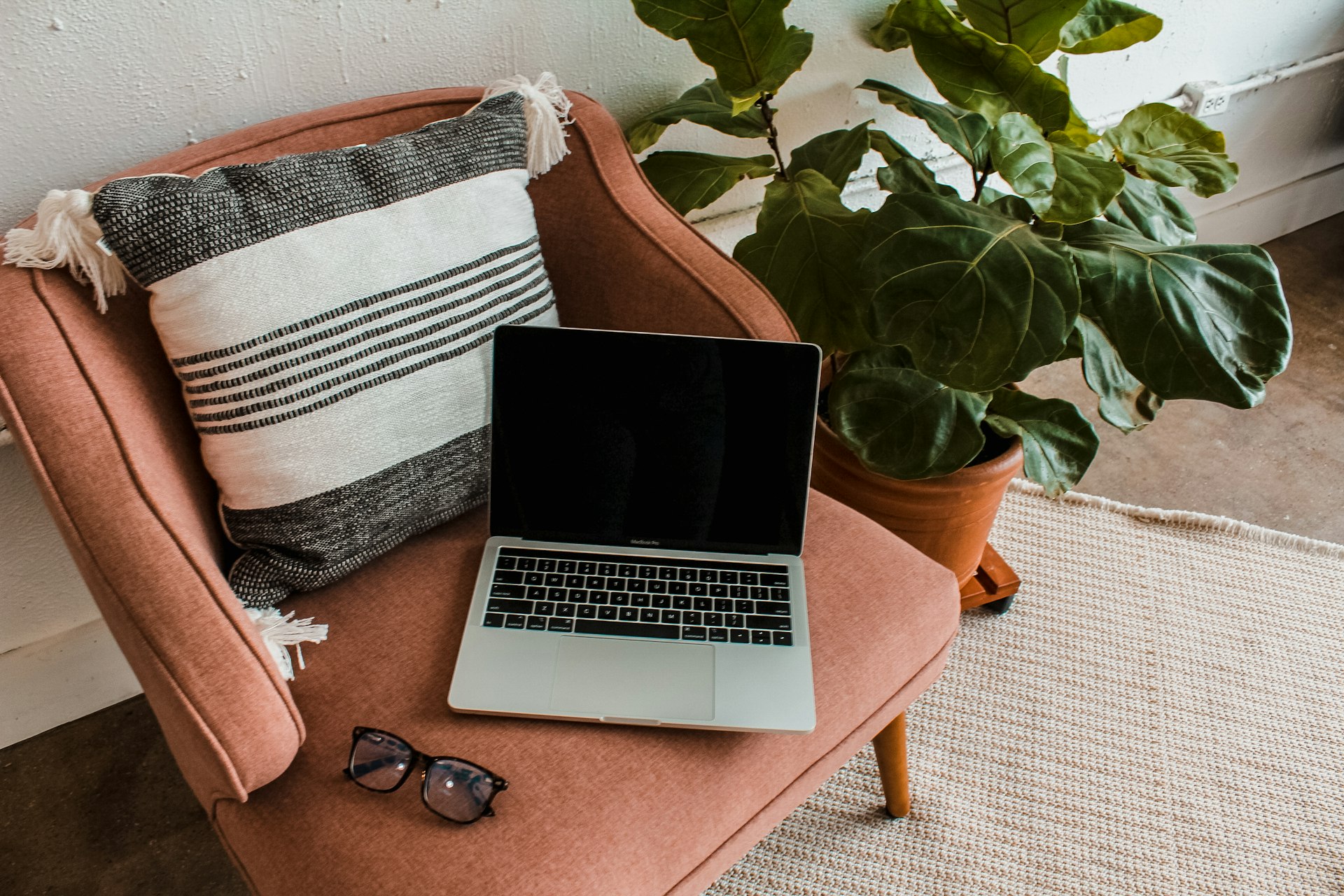Transform Your Life Through Creative Journaling: A Practical Guide to Lasting Wellness and Self-Discovery

Photo by Kelly Sikkema on Unsplash
Introduction: Why Creative Journaling Matters
In today’s fast-paced world, individuals are searching for sustainable ways to manage stress, nurture creativity, and deepen self-understanding. Creative journaling is an accessible lifestyle practice that offers these benefits and more, as supported by growing scientific evidence and personal testimony. Unlike traditional note-taking, creative journaling blends writing, drawing, doodling, and expressive exercises to foster mindfulness, spark innovation, and build emotional resilience [1] . This guide will show you how to start, maintain, and personalize a creative journaling habit, while offering actionable steps for overcoming common challenges and exploring alternative approaches.
Understanding the Benefits of Creative Journaling
Creative journaling is much more than simply recording daily events. Research and first-hand accounts highlight a range of mental, physical, and emotional benefits:
- Stress Reduction: Engaging in creative journaling-particularly when combined with artistic elements like doodling or coloring-can decrease anxiety and help manage symptoms of depression [3] . Studies show expressive writing regulates emotions and can even alter brain chemistry, promoting feelings of joy and calm [5] .
- Enhanced Creativity: Regular journaling acts as a warm-up for your creative mind. By jotting down ideas, sketching, or free-writing, you activate lateral thinking and boost problem-solving skills [2] .
- Improved Mindfulness: Journaling encourages presence and reflection, helping you slow down and connect with yourself and your environment [3] .
- Physical Health Support: Expressive journaling has been associated with lower blood pressure, better sleep, improved immune function, and greater overall well-being [5] .
- Clarity and Self-Awareness: By putting thoughts on paper, you clarify emotions and gain insights into patterns, triggers, and sources of inspiration [1] .
How to Begin a Creative Journaling Lifestyle Practice
Starting a creative journaling habit doesn’t require special skills or expensive tools. The most important step is to begin with an open mind and a willingness to experiment. Here’s a step-by-step guide to help you establish your practice:
Step 1: Choose Your Materials
There’s no one-size-fits-all journal. Some prefer lined notebooks, others gravitate toward blank sketchbooks or digital tablets. Many people find that decorating their journal or selecting one that feels special increases their motivation to use it [1] . You can start simply with any notebook and a pen, gradually adding colored pencils, markers, or stickers if you wish.
Step 2: Set an Intention and Routine
Decide what you want from your journaling practice: more creativity, emotional clarity, stress relief, or all of the above. Establish a realistic routine-daily, weekly, or whenever you feel the need. Even journaling once or twice a week can yield noticeable benefits [1] . Consider journaling in the morning to set your intentions or in the evening to reflect on your day [5] .
Step 3: Explore Creative Approaches
Creative journaling is highly personal. Here are several popular techniques:
- Free Writing: Set a timer for 5-10 minutes and write whatever comes to mind without judgment.
- Artistic Expression: Incorporate doodling, sketching, or coloring alongside your writing [1] .
- Prompts and Themes: Use prompts such as “What inspired me today?” or “What am I grateful for?” Many organizations and websites offer free journaling prompts for daily use [2] .
- Affirmations and Quotes: Collect quotes that resonate with you or write your own affirmations to boost confidence and positivity.
- Lists and Mind Maps: Create lists of goals, dreams, or things that bring you joy. Mind maps help visualize connections between ideas.
Step 4: Make It Enjoyable and Sustainable
Journaling should be a judgment-free, pressure-free zone. Designate a cozy spot and make the experience enjoyable-perhaps with a favorite beverage or calming music. Remember, there are no rules. The process is about self-exploration and self-care, not perfection [1] .
Overcoming Common Challenges
Even the most enthusiastic beginners encounter obstacles. Here’s guidance for the most common challenges:
- Writer’s Block or Blank Page Anxiety: Start with a simple prompt or draw a pattern. Sometimes just making a mark on the page breaks the inertia [2] .
- Perfectionism: Remind yourself that your journal is private and doesn’t need to be shared or polished. Mistakes and messiness are part of authentic creative expression.
- Sticking to the Habit: Set small, achievable goals. Place your journal somewhere visible, and pair journaling with another habit, like having coffee or winding down for bed.
- Lack of Inspiration: Seek out new prompts, try different art supplies, or journal in a new location. Occasionally, taking a break can refresh your perspective.
Alternative Approaches and Advanced Techniques
If traditional journaling doesn’t appeal to you, or if you want to deepen your practice, consider these alternatives:
- Audio or Video Journals: Some people find it easier to speak their thoughts or create visual diaries.
- Group or Guided Journaling: Participating in workshops or online groups can add structure and foster a sense of community. Search for local writing centers, art studios, or online platforms offering group sessions.
- Digital Journaling Apps: There are reputable journaling apps that allow for multimedia entries, reminders, and privacy controls. Research options and select one that aligns with your needs and comfort level.
- Thematic Journals: Focus your journal on a particular theme, such as gratitude, travel, or personal growth.
Expert Tips for Making Creative Journaling a Lasting Lifestyle Practice
To ensure creative journaling becomes a sustainable and rewarding aspect of your lifestyle, consider the following tips:
- Reflect on Your Progress: Periodically review past entries to observe changes in mood, creativity, and self-awareness. Noticing growth can be highly motivating [5] .
- Tailor Your Practice: Your needs and interests may change over time. Adapt your approach to fit your evolving goals and circumstances [4] .
- Be Patient: Benefits may accrue gradually. Allow yourself time to adjust and experiment with different styles.
- Celebrate Small Wins: Acknowledge when journaling helps you solve a problem, reduce stress, or simply brings you joy.
Accessing Resources and Further Support
If you’re seeking additional guidance or community support, you may consider the following steps:

Photo by Ashley West Edwards on Unsplash
- Search for local workshops at community centers, art studios, or libraries. Many organizations offer periodic classes on journaling and creative expression.
- Visit the websites of established journaling organizations for free prompts, guides, and community forums. For example, the International Association for Journal Writing offers a range of resources and support for journalers [1] .
- For mental health support, consult a licensed counselor or therapist experienced in expressive writing and art therapy. Many mental health professionals incorporate journaling into their practice and can tailor strategies to your unique needs.
- If you prefer the digital route, explore reputable journaling and mindfulness apps. Look for user reviews and privacy policies before selecting a platform.
If you would like more structured support, consider consulting with a wellness coach or therapist who specializes in creative practices. You can search for “creative journaling workshops” or “expressive writing therapy” along with your city or region to find credible practitioners and events. When in doubt, look for affiliations with recognized professional organizations or read participant testimonials for additional assurance.
Key Takeaways
Creative journaling is a powerful lifestyle practice accessible to everyone. Its proven benefits include reduced stress, increased creativity, heightened self-awareness, and improved overall well-being. By establishing a regular, enjoyable routine, experimenting with various approaches, and seeking out community or professional support as needed, you can transform journaling into a cornerstone of your self-care and personal growth journey.
References
- International Association for Journal Writing (2022). Creative Journaling for Self Care.
- Jenna Rainey (2024). How Daily Journaling Can Spark Creativity and Reduce Stress.
- Unique Hideaways (2023). The benefits of creative journaling.
- Odette Press (2023). The Benefits of Creative Practice.
- Be More With Less (n.d.). The Benefits of Journaling in the Morning (or Evening).
MORE FROM mumsearch.com













